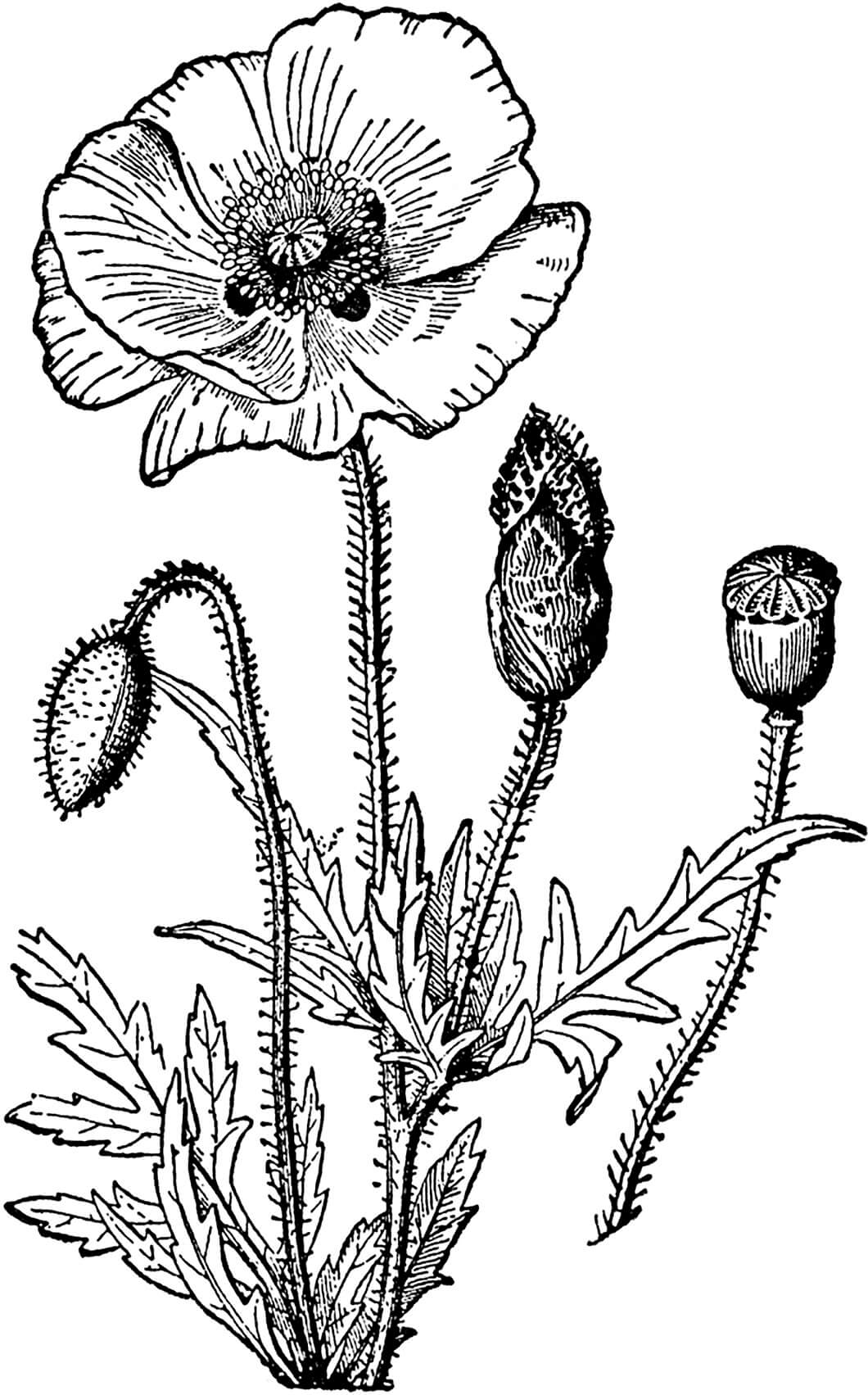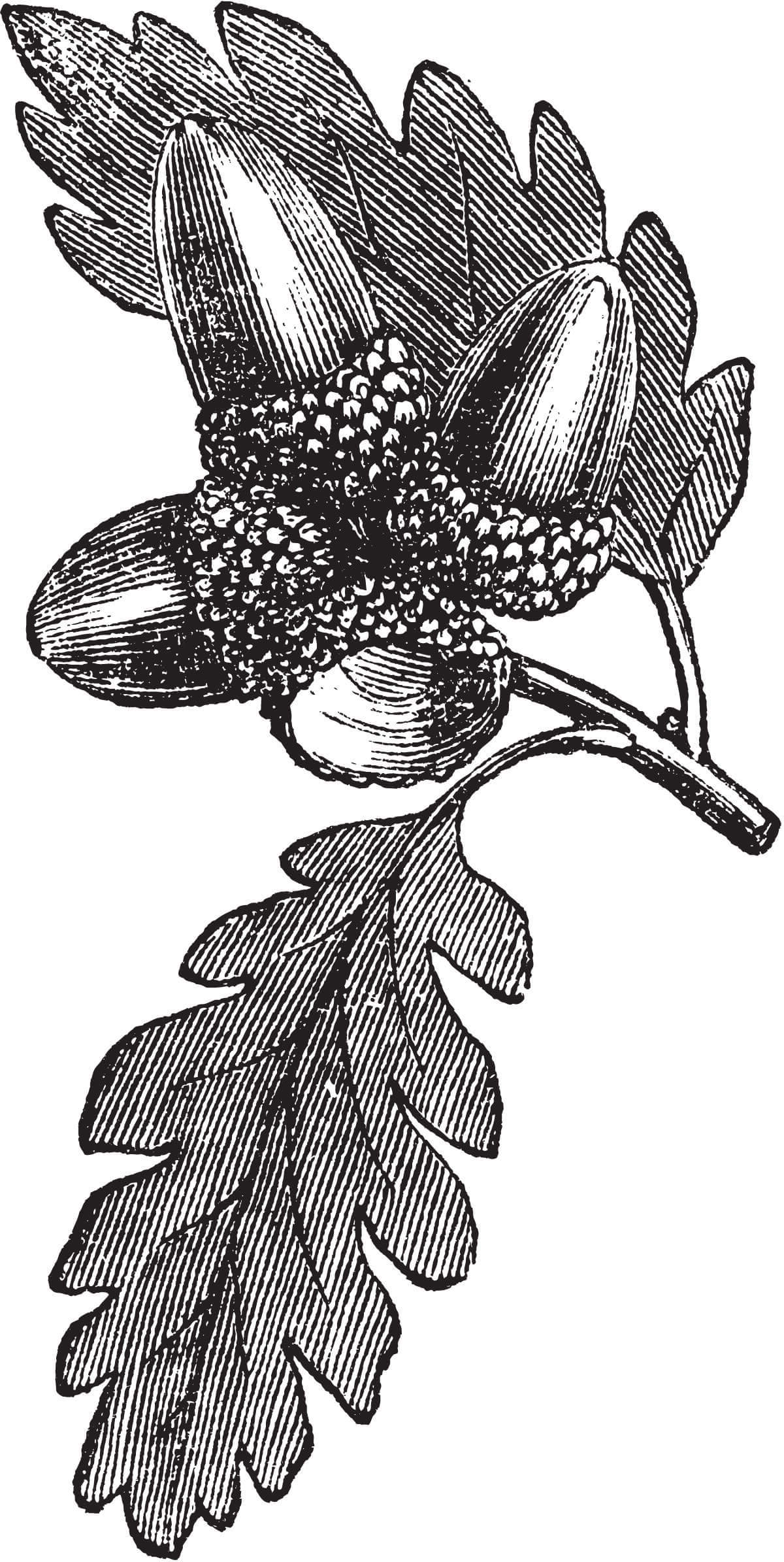LandPaths’ power as a nonprofit is its vision to integrate social justice, food security, love of the outdoors, and social cohesion. To help the movement take real strides forward. This is what matters today, and will be critical in the future.
How did LandPaths come to be? What called you to pursue this idea and vision?
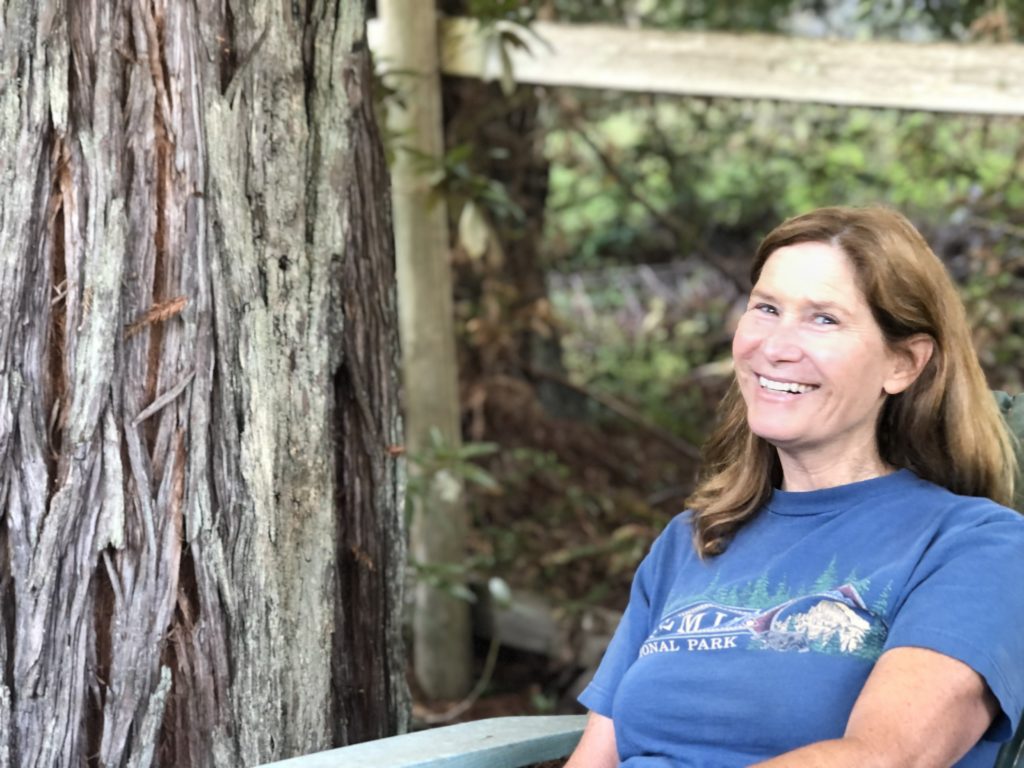
When I moved here in 1990, Measures A & C had just passed to establish the Sonoma County Agricultural Preservation and Open Space District (the District/Ag + Open Space). Around 1993, some folks recommended I apply for a spot on the District’s Advisory Committee, and I was appointed by then West County Supervisor Ernie Carpenter. I was one of the representatives in its infancy, which was very exciting. At the time, there were a limited number of parks in Sonoma County, particularly the West County. The viability of sustainable agriculture was under threat, and development was moving into the county’s important natural resource areas. So there was much to do.
I felt strongly that the District needed to embrace public access to lands that were protected, in addition to its critical missions of preserving agricultural and other critical natural resource lands. But it was challenging to move in that direction at the time, because the Board of Supervisors (also the Board of the District) and the larger community were very focused on protecting agriculture through conservation easements, and it was not originally envisioned that the District would acquire parks or other publicly accessible lands. To give you a perspective on this, when I recommended to the Advisory Committee that the District purchase and protect the Grove of Old Trees, we received feedback that logging the Grove – instead of protecting it – would be a form of agriculture, and that the District couldn’t be seen as doing anything that would prevent this kind of agricultural operation. So, clearly, there needed to be an active political and public discussion of what role Ag + Open Space would play in acquiring and protecting land for outdoor recreation.
Back in 1996, there was a property that was in negotiation for the District to acquire – what became the McCormick Preserve, which is now part of Sugarloaf State Park. At the time it was owned by the McCormick Family and Sandra Learned Perry. Sandra was an incredible visionary who passed away in 2016. Her remarkable life and legacy is described in her obituary. She and her husband Jim were very interested in transferring their McCormick property to State Parks, and it was through her efforts in this regard that we began to discuss the possibility of starting a new nonprofit to manage the land till State Parks was able to open it for the public. She and Dee Swanhuyser (Dee was one of the visionaries behind the establishment of the Ag + Open Space District and is still an incredible activist in Sonoma County) and I decided to move forward with this plan, and LandPaths was born.
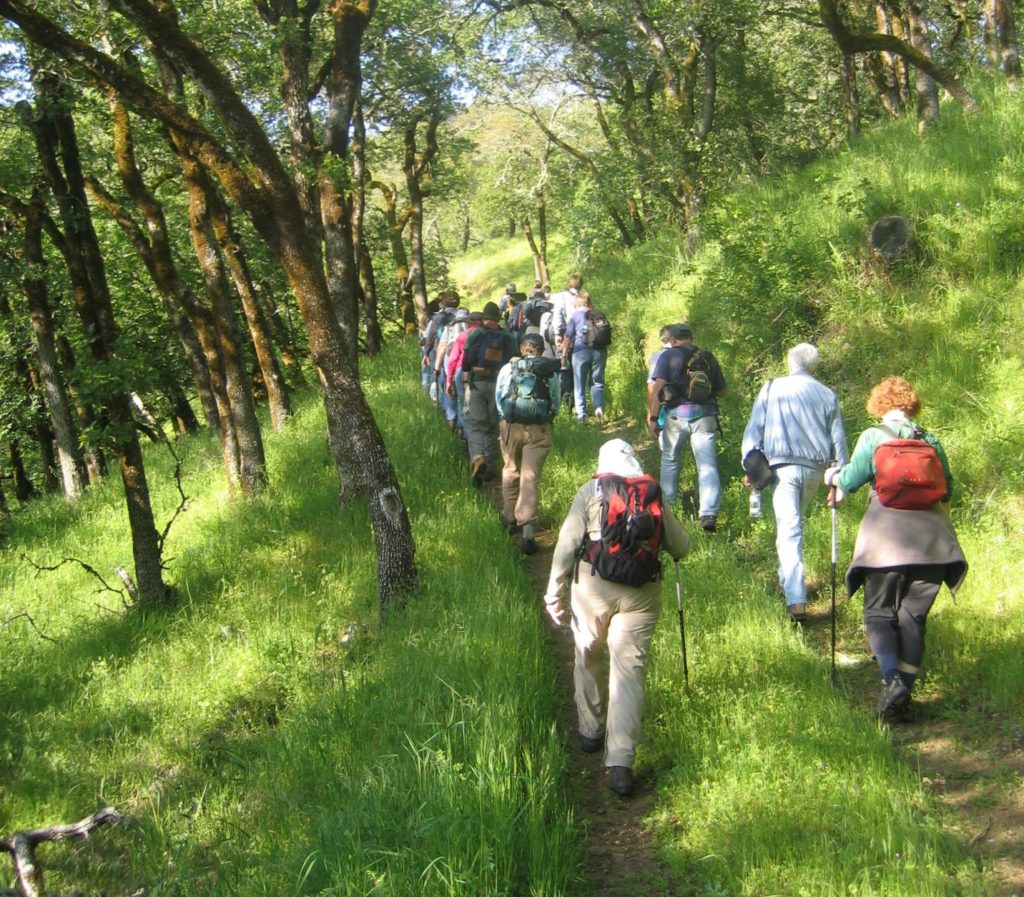
To fund LandPaths, Sandra and Jim contributed a significant amount from the proceeds they received from the sale of the land to Ag + Open Space, and we raised additional funds. The mission would be to provide access to the State Park land and manage it until the state was able to take it. LandPaths was a project of the Tides Foundation at first and became its own nonprofit later. I will always remember the day that we sat in a room, batting around names, drawings, thought processes, and finally came up with the name, LandPaths. It has really stood the test of time, the idea of Land Partners Through Stewardship – the name embraces the remarkable path and achievements of the organization.
We hired very early on. We held interviews for our Executive Director and met Craig Anderson, who in my mind was THE person we had to hire. He was just perfect. Craig accepted the job, met Lee Hackeling soon thereafter, and it’s been an incredible success story since that time.
When you started LandPaths, what was Sonoma County like in terms of conservation, environmental education, and public access? What’s changed over the last 25 years; and how has LandPaths contributed to that change?
The change in the county has been revolutionary, there is no other way to describe it. From the early ‘90s until today, there has been a complete 180-degree shift in terms of recognizing the importance of access to outdoor recreation – for human health and the beauty and economy of Sonoma County.
LandPaths played and continues to play a central role. First, with its initial mission of taking on and managing public lands until such time as State Parks or Regional Parks could take it over, it has been a key partner to Ag + Open Space. For example, the Willow Creek Unit of Sonoma Coast State Park in West County would never have become a State Park if it wasn’t for LandPaths. In the negotiations leading up to the acquisition, State Parks headquarters’ staff repeated the issue we confronted years earlier during the acquisition of the McCormick Sanctuary, “We can’t operate it currently, we don’t have funds to manage it”, but LandPaths stepped up saying, “We’ve been conducting the public access program out there, we will continue to play that role.” And today we have a magnificent addition to the State Park system. And there are, of course, many other projects and properties that owe their protection to Craig, Lee, and the incredible staff and community of volunteers at LandPaths.
It’s a common mantra in the parks world: Every park has a story and a group of individuals that made it happen. Parks are never created on their own. The Grove of the Old Trees, for example, is such a beautiful place, and the trees would have been harvested and the living legacy of old growth redwoods there lost had it not been for LandPaths. And today we see the model at work with the Grove stewarded and loved by the community, with access to all free of charge.
And then there’s environmental justice and equity. LandPaths took this on long before it became broadly recognized as essential to all conservation activities. The organization had the vision and has been out in front on incorporating our whole community, everyone, into what it is doing, whether that’s environmental education, access to healthy food, or making sure people feel comfortable in the outdoors. Bayer Farm is a great example of how this vision and foresight became a reality.
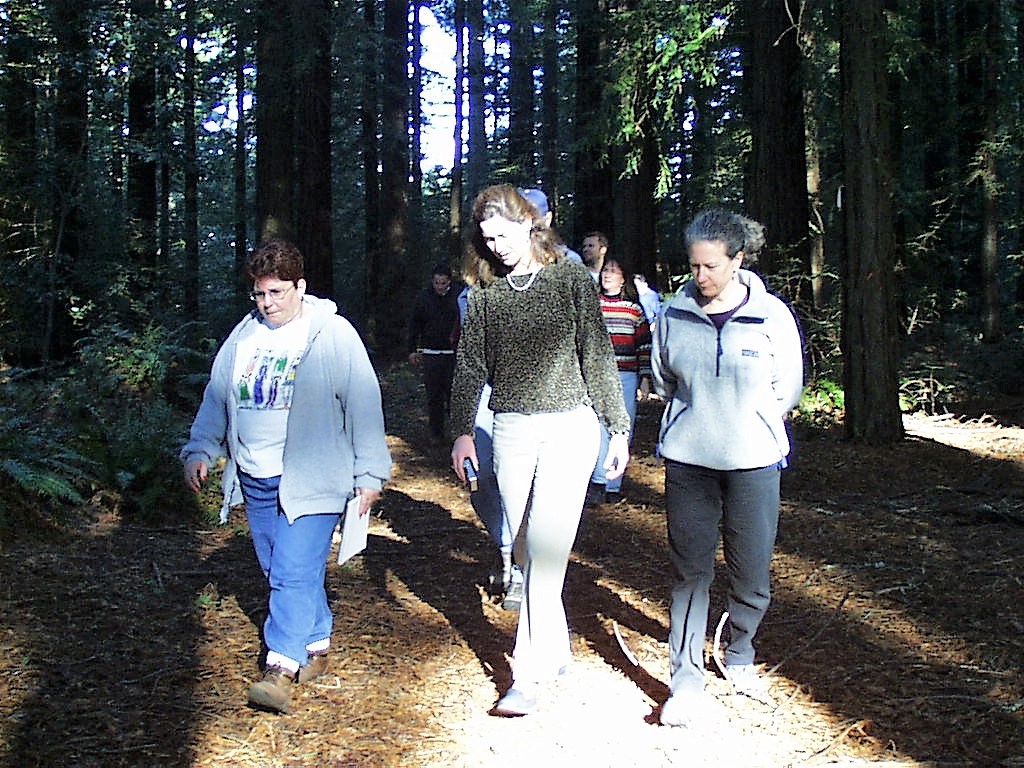
What’s important right now?
The most important thing right now from our generation to the next is to expand the environmental movement to everyone. To work to make sure that people from all backgrounds feel welcome, not just in the outdoors, but as part of the movement protecting the planet. We have seen so much progress, but there is a long, long way to go. What goes on in the lives of people from different backgrounds and how can we work together on causes that we all know are critical?
We are only at step one of a hundred. LandPaths’ power as a nonprofit is its vision to integrate social justice, food security, love of the outdoors, and social cohesion. To help the movement take real strides forward. This is what matters today, and will be critical in the future.
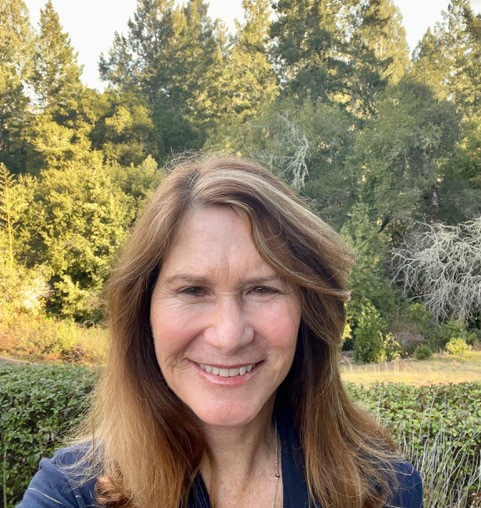
What do you hope for from LandPaths in the next 25 years?
It will be critical for LandPaths to continue to expand its work on inclusion, and for the organization to integrate the challenge of climate change into its work. Addressing climate change has so much to do with educating people. It’s about the connection to the land, the oceans, the rivers, and the creatures that inhabit these places. A real understanding of what climate change is doing to our natural world, and especially the places we know and love, will inevitably lead to action.
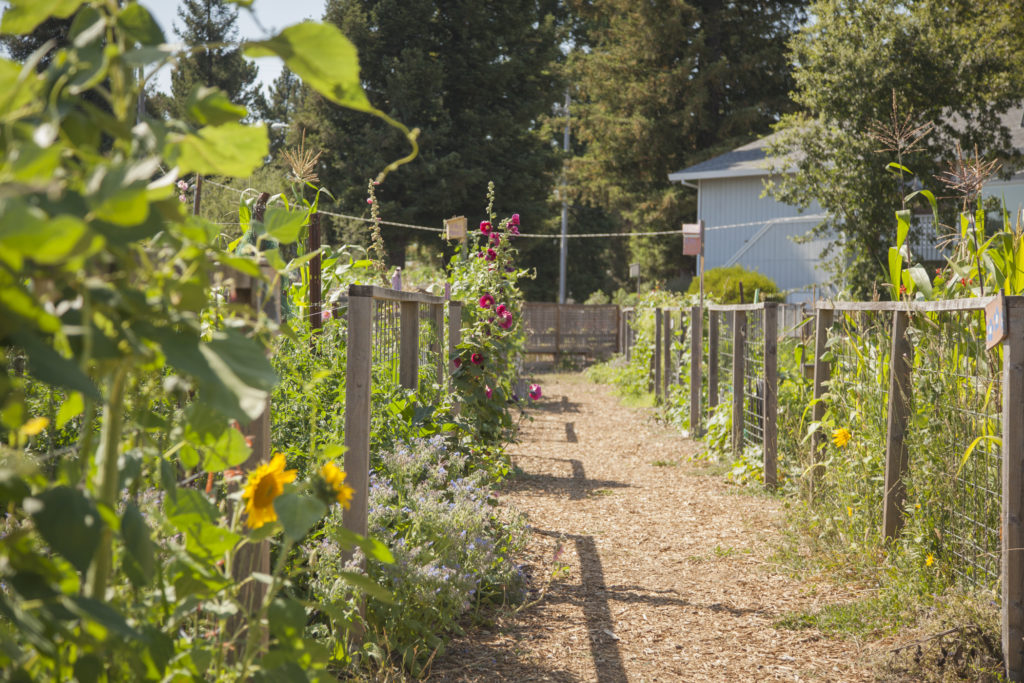
How has starting and being part of LandPaths impacted you?
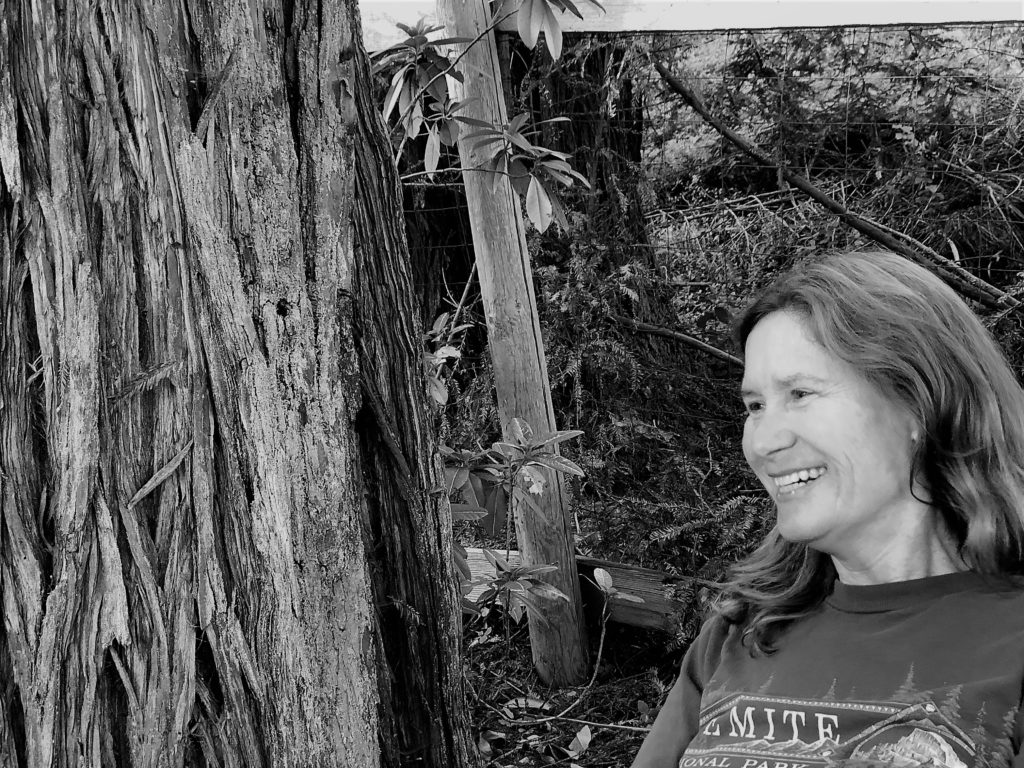
I got involved when I was young, and I am very proud of what we accomplished. It’s important for people to appreciate what we have and never take it for granted – our parks, agricultural lands, open spaces, and LandPaths are incredible parts of this county.
I feel a great sense of gratitude for being able to have played a role in the creation and development of LandPaths. And I am overwhelmingly grateful for the work of Craig and Lee and their unending, inexhaustible dedication. It really makes a person feel good to know that they have played a part in creating positive change on the planet. That’s what it’s all about, to leave the Earth in a better place than you found it.

